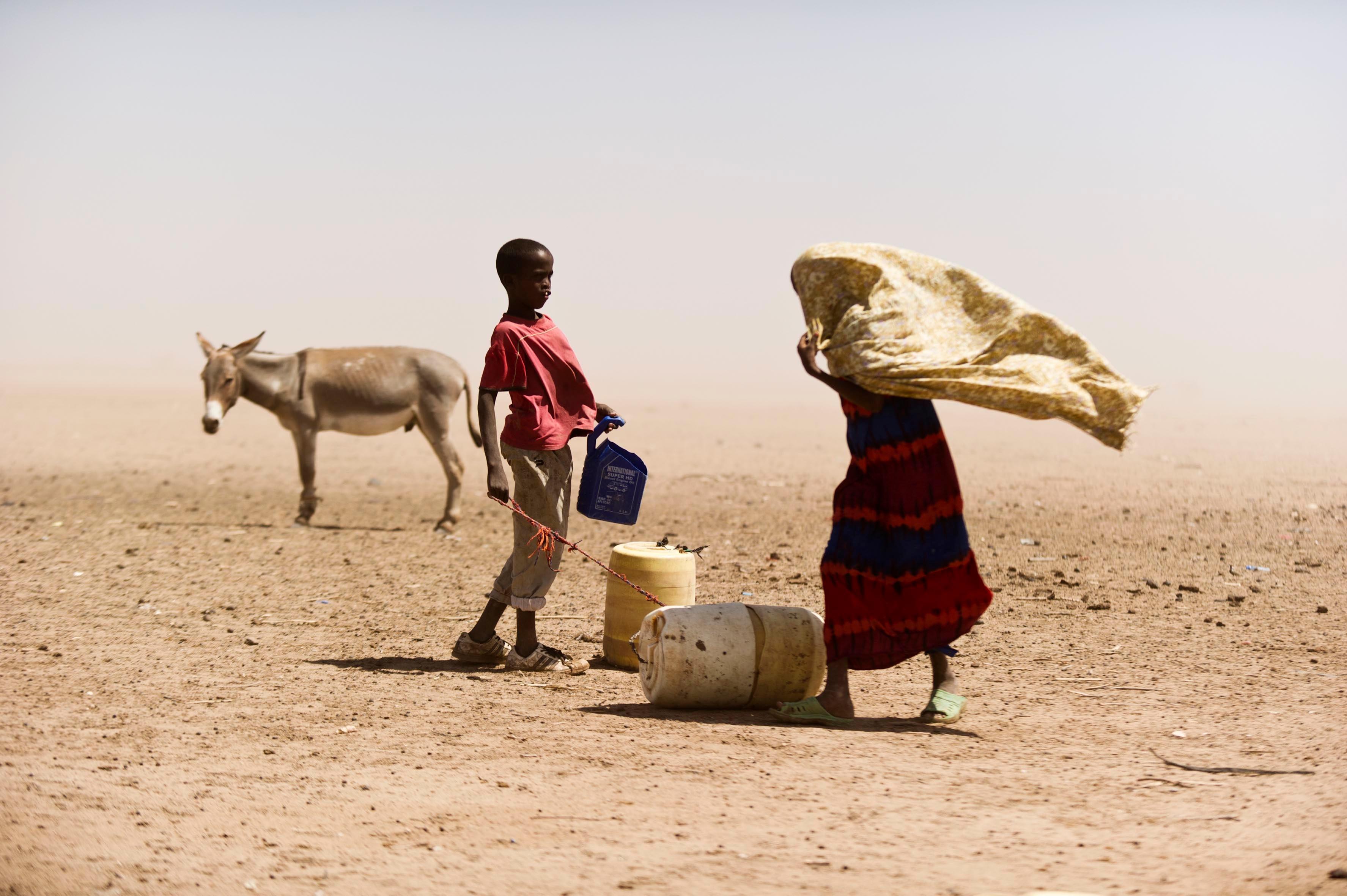Governments and development agencies are increasingly working with communities to supply public goods and services, but recent evidence suggests that this community-driven development (CDD) is vulnerable to corruption and capture. In the U4 Issue Engaging customary authority in community-driven development to reduce corruption risks, we argue that practitioners can address these risks by engaging and including an alternative form of organisation often present at the local level, but frequently disregarded: customary authority.
Reconsider creating NGOs and CBOs if you can partner with customary authorities
Customary forms of organisation are, in some cases, highly reactionary and to be avoided; yet in other cases they may offer comparative advantages. Operating with long-term time horizons and often trusted, customary authority can provide voice and representation, monitor project implementation, and take a lead in promoting integrity norms – roles that can provide a source of resistance to corruption and capture.
In illustrating these roles, we challenge the assumption that customary authority is only a source of capture in local development and that donors and their implementing partners are therefore better off working with or creating alternative organisations at the community level, such as non-governmental organisations (NGOs) or community-based organisations (CBOs), to implement CDD projects.Engagement with customary organisations does not mean a complete redesign of CDD programming, but simply means that as practitioners work with communities they should carefully consider what productive role, if any, customary authority might play in strengthening project implementation against corruption and capture.
Critical considerations for working with customary authorities – analytical framework
These considerations should take place on a case-by-case basis. Although there has been a renewed interest in customary authority in recent years, there has been little effort to explain why customary governance is able to resist corruption and capture in some instances but not others. The main contribution of this paper is to provide practitioners with a framework that helps clarify the conditions under which customary authority is associated with improved resilience against corruption and capture. We put the rules and norms that govern customary authority at the centre of our analysis, which draws on a wide-ranging literature review. We argue that it is critical to consider whether customary authorities have:
- A relatively autonomous space in which to operate, free from heavy-handed interference or co-optation by governments or other external actors.
- Constraints on the authority and power of key decision makers and leaders.
- Broadly inclusive decision-making structures that have ways to consider the roles of women and minority voices.
- The ability to enforce rules and sanction those who violate rules that community members have agreed upon.
If practitioners are able to assess customary authority across these dimensions, they will have a clearer idea about whether a given customary organisation is likely to be resistant to corruption and capture. We provide guidance as to how donors might go about measuring the presence of these conditions. When a customary authority possesses high values on each of these characteristics, it is more likely to be a good partner, as it is the confluence of these indicators that leads to lower risks of corruption and capture.When customary authority performs poorly across these dimensions, it may be advisable to work with existing NGOs or CBOs or create alternative structures.
Related blog post
Can customary authority reduce risks of corruption and local capture? (Public Administration Review)


